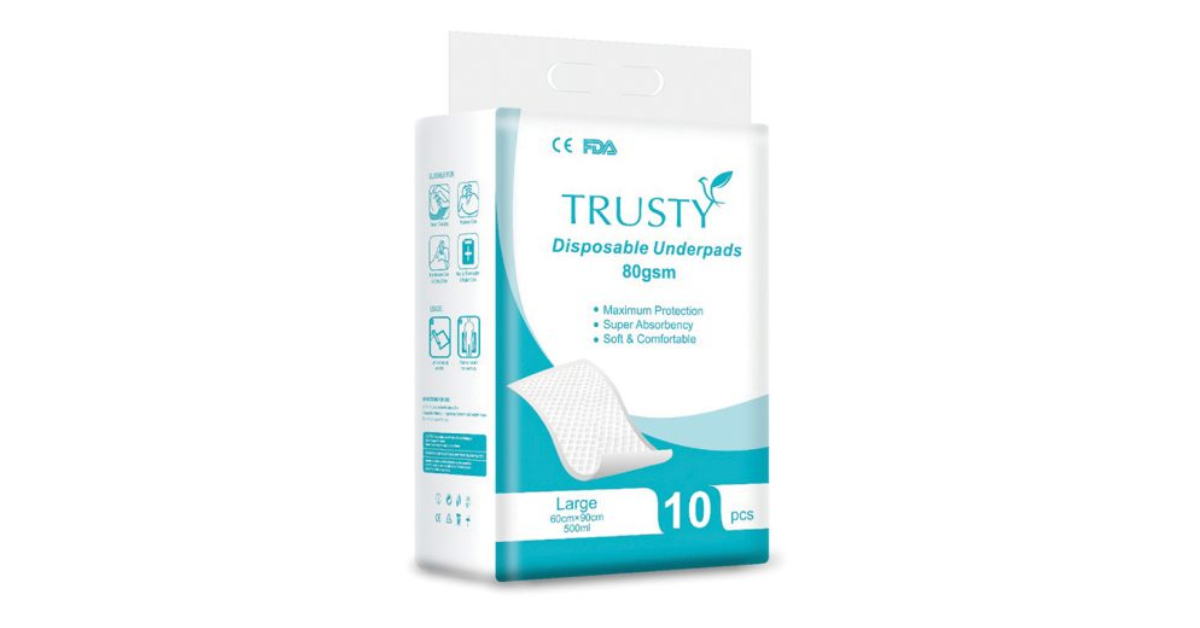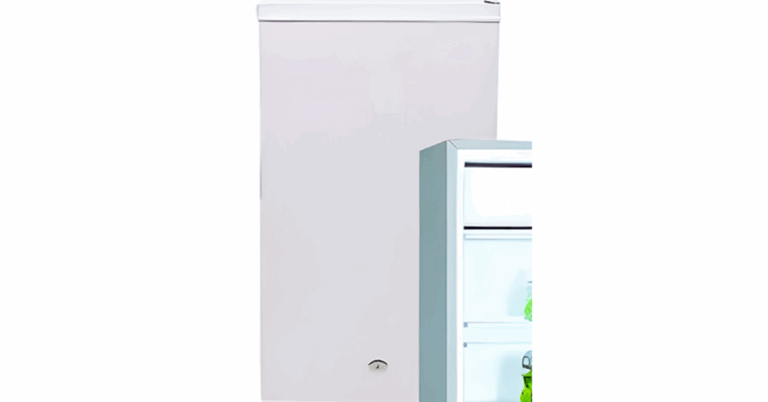The Importance and Uses of Bed Underpads
Bed Underpads are essential tools in both healthcare and home-care settings. These absorbent sheets, sometimes called “chux,” play a crucial role in protecting mattresses and bedding from liquid damage. Whether managing incontinence, post-operative fluid discharge, or caring for bedridden patients, bed underpads ensure a clean, hygienic, and comfortable sleeping surface. They simplify caregiving while improving the overall quality of life for individuals who require extra care.
What Are Bed Underpads?
A bed underpad is a multi-layered sheet designed to absorb moisture and protect bedding. The top layer is soft and comes into contact with the skin, wicking moisture away for comfort. The core absorbs and locks in fluids, while a waterproof backing prevents leakage onto mattresses or sheets. Underpads are available in two main types: disposable, for single-use convenience, and reusable, which can be washed and used multiple times.
Uses of Bed Underpads
Bed underpads are versatile and serve multiple purposes in both clinical and home settings. Their primary applications include:
-
Incontinence Management
Bed underpads are most commonly used for individuals with urinary or bowel incontinence. They quickly absorb leaks, maintaining hygiene and protecting bedding from damage. -
Post-Operative Care
Patients recovering from surgery may experience fluid discharge. Underpads help manage this, keeping bedding clean and reducing discomfort. -
Wound Drainage
Underpads are useful for patients with wounds that exude fluid. By containing the drainage, underpads help minimize infection risk and maintain cleanliness. -
Care for Bedridden or Immobile Patients
For patients confined to bed due to illness, injury, or age, underpads provide an extra layer of protection, reducing the frequency of linen changes and easing the burden on caregivers. -
Healthcare Procedures
During medical treatments or examinations, underpads can be placed under patients to maintain a sterile and clean environment.
Key Benefits of Using Bed Underpads
The use of bed underpads offers numerous advantages for both patients and caregivers:
-
Enhanced Hygiene and Skin Health
Underpads absorb moisture rapidly, keeping the skin dry and minimizing the risk of irritation, rashes, or infections. This is particularly important for patients with sensitive skin or those prone to incontinence-related dermatitis. -
Infection Control
By preventing contact between fluids and bedding, underpads help reduce the spread of bacteria, making them especially valuable in shared-care environments such as hospitals or nursing homes. -
Mattress and Bedding Protection
Fluid leaks can damage mattresses and linens. Underpads act as a barrier, extending the life of bedding and reducing the need for frequent replacements. -
Comfort and Dignity
Modern underpads are soft, breathable, and often designed with odor-controlling properties. They improve comfort for the individual while preserving dignity in sensitive situations. -
Ease of Caregiving
Caregivers benefit from the convenience of underpads. Disposable options can be quickly replaced, while reusable underpads save time and money over the long term by being washable and durable. -
Cost-Effectiveness
While disposable underpads are convenient, reusable underpads offer significant long-term savings, especially in households or facilities with high usage rates.
Choosing the Right Underpad
Selecting the appropriate underpad depends on the needs of the patient and the care setting. Important factors include:
-
Absorbency
For heavy incontinence or overnight use, high absorbency is crucial. Underpads should lock in liquid effectively to prevent leaks. -
Material and Comfort
Soft, breathable materials prevent skin irritation, especially for patients with sensitive or fragile skin. -
Leak-Proof Backing
A durable waterproof layer ensures that fluids do not seep through to the mattress, maintaining hygiene and comfort. -
Size and Fit
Underpads come in various sizes. Choosing the right size ensures adequate coverage and effectiveness, while avoiding the need to layer multiple pads. -
Durability (for Reusable Pads)
Reusable underpads should maintain absorbency and integrity even after repeated washing. -
Odor Control
Advanced underpads may have odor-neutralizing properties, which is particularly useful in multi-patient care settings. -
Strength for Repositioning
Reinforced underpads allow caregivers to reposition patients without extra sheets, reducing friction and the risk of injury.
Best Practices for Using Bed Underpads
To maximize effectiveness, proper use of bed underpads is essential:
-
Correct Placement: Place the pad centrally under the patient for maximum coverage. Avoid overlapping multiple pads, as this can reduce absorbency.
-
Timely Replacement: Change disposable underpads as soon as they are wet or soiled to maintain hygiene and prevent skin issues.
-
Proper Washing for Reusable Pads: Pre-soak reusable underpads in cold water, then wash in hot water to remove stains and maintain absorbency.
-
Monitor Skin Health: Regularly check the patient’s skin for signs of irritation, redness, or pressure sores.
-
Use the Right Size: Select an underpad that adequately covers the mattress or area of concern, ensuring complete protection.
Challenges and Considerations
While underpads are highly beneficial, certain challenges should be considered:
-
Skin Breakdown Risk: If underpads are not changed promptly, prolonged exposure to moisture can lead to skin irritation or infection.
-
Environmental Impact: Disposable underpads contribute to waste. Choosing high-quality reusable options can reduce environmental impact.
-
Proper Fit: Using the wrong size or overlapping pads may compromise effectiveness and cause leaks.
-
Cost vs. Convenience: Disposable underpads offer convenience, while reusable options are more cost-effective in the long term but require laundering.
Conclusion
Bed underpads are an essential component of modern caregiving. They provide protection, comfort, and dignity for individuals with incontinence, limited mobility, or post-operative needs. By preventing fluid leakage, promoting skin health, and easing caregiver workload, underpads enhance the quality of care in both home and clinical settings. Whether choosing disposable for convenience or reusable for sustainability, selecting the right underpad and using it properly ensures a cleaner, safer, and more comfortable environment for patients and caregivers alike.






